





The richness of the animal world, the abundance of the beast and silicon, as well as the presence of the waterway from the Baltic to the Black Sea, attracted hunters here and created good conditions for people's lives. Ancient burials are the evidence of this, some of which date back to the period of the Melograd culture (VII-III century BC), and most belong to the XI-XIII centuries burials.
The Kievan chronicles contain information about the Yatvingians tribe inhabitation in Pushcha, who were engaged in hunting and fishing and made frequent raids on neighboring lands. The Yatvingians’ origin is not precisely known. Some consider them to be Lithuanians, others - Slavs, some refer to immigrants from the Black Sea shores. Now the existence of the tribe that sunk into eternity is reminiscent only of distant traditions echoes, the weathered stones-altars, and the burial mounds near the quiet Pushcha rivers.
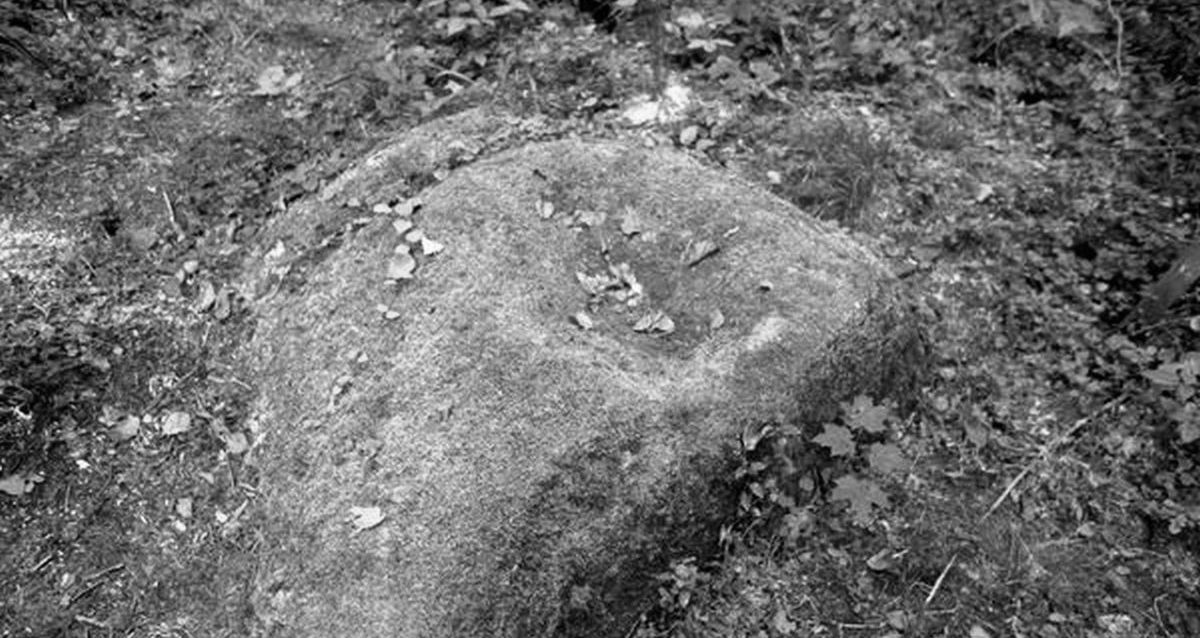
The territory of Belovezhskaya Pushcha was passed from one state to another time and again, but almost always it was a hunting place for the highest dignitaries. Since time immemorial, Kievan and Lithuanian princes, Polish kings, Russian tsars, general secretaries hunted here, saving it for their hunting.
It is known that as far back as the 12th century Russian prince Vladimir Monomakh lived in Belovezhskaya Pushcha for a long time, where he bred bison, tours and red deer. After Pushcha was given into Lithuanian princes’ possession, princes Troyden, Vitovt, Gedimin, and Jagiello hunted there. It is known that after the congress in Brest in 1409 (where Jagiello and Vitovt vowed to fight jointly against the common enemy - the Teutonic Order knights), Jagiello procured food for the 100,000-strong army in Pushcha, who later took part in the famous Battle of Grunwald.
The hunts of the Polish kings, which turned Pushcha into a place of luxurious amusements and court entertainments, were especially splendid. During this period, other natural resources of the region began to be exploited. Thus, under King Sigismund Augustus, production of potash, iron, and smokehouses was organized. At the end of the XVI century deforestation began. In 1639, the ordination of royal forests was undertaken, aimed at determining their condition and the possibilities for more intensive exploitation.
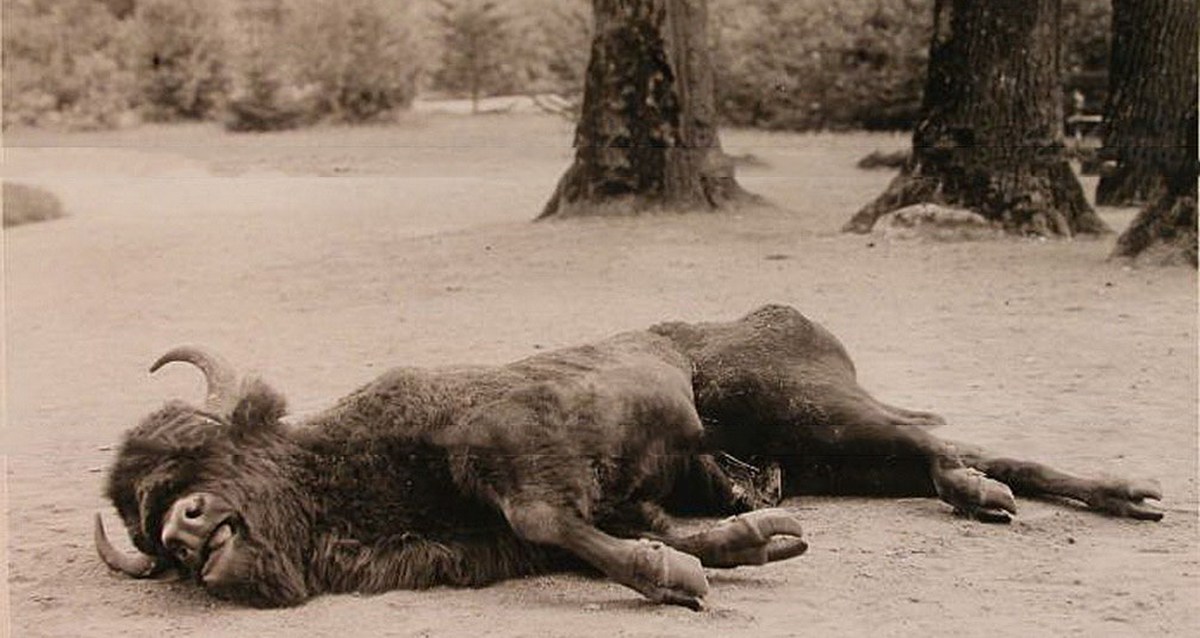
On the other hand, the law on the protection of the royal hunting grounds was issued in 1558, and the guardianship of the bison began in 1577. Special laws established the number of animals for trapping, determined the range of persons who had the right to hunt.

ВIn 1795 Belovezhskaya Pushcha became part of the Russian Empire. Catherine II allowed to arrange any hunting there, except for bison shooting. This led to an even greater reduction of the number of animals, and bears and beavers were completely hunted to extinction. Being the patroness of academic sciences, Catherine willingly gave permission for the shooting of bison for numerous museums in Europe. She, and then Pavel I, distributed significant sections of the Pushcha lands to favorites and the immediate circle, which contributed to the destruction of forests and the territory fragmentation. A great damage was caused to the ancient forest by the extensive fire of 1811, as well as the invasion of Napoleon's troops in 1812.
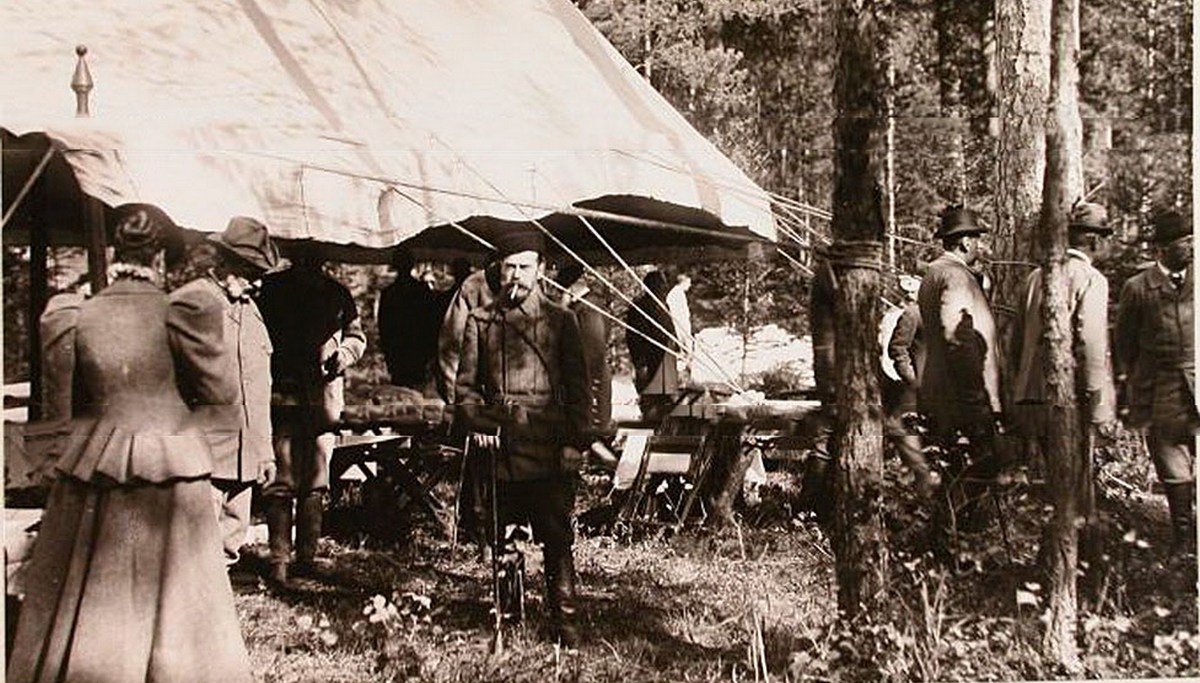
Under the power of Alexander II bison hunting was limited. The Emperor himself, although a passionate hunter, hunted in Pushcha only once - in 1860. More strict measures were taken to protect the forest and its resources after this hunt. Animals were imported from Germany several times to restore the population of the red deer since 1864.
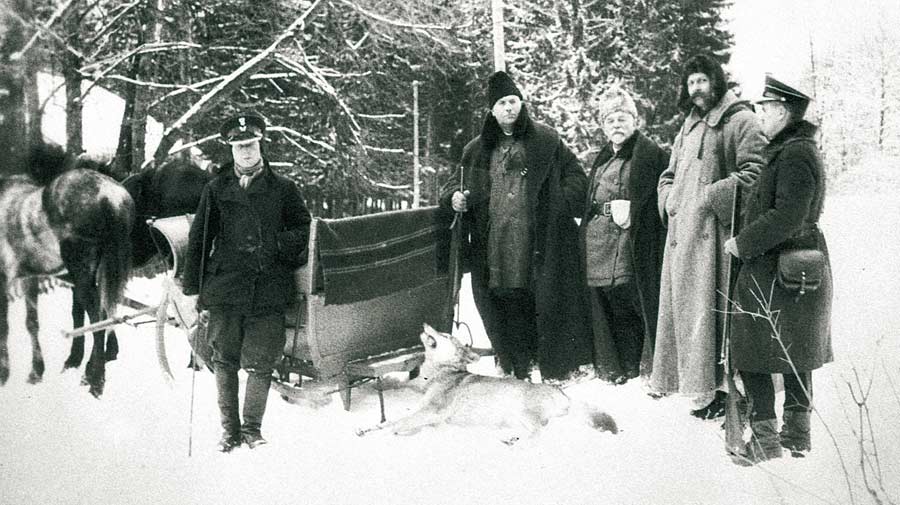
Belovezhskaya Pushcha became the property of the royal family in exchange for lands in Oryol and Simbirsk governorates in 1888. The formal basis for this was the concern for better bison saving. In fact, the main goal was further development of the forest for hunting. In a short period, the number of animals multiplied, the maintenance allocations of the jaeger service and winter feeding were increased. A hunting castle was built in Bialowieza for recreation of the most august persons. After the completion of its construction Alexander III, Nicholas II, Grand Dukes came to hunting in Pushcha.
A serious damage was inflicted by the First World War. At this time Pushcha was under German occupation and valuable old-aged forests were actively cut down. Four sawmills were built for wood processing, and about 300 kilometers of narrow-gauge railways were laid for its transportation. For two years of German domination 4.5 million cubic meters of timber was exported to Germany. At the same time, measures were taken to protect the forest. "The park of virgin nature" was created in its centre, which became a prototype of the National Park of Belovezhskaya Pushcha after the war and the transition of Pushcha to Polish ownership (the forestry "Reserve" was c reated in its place with a protection order, which later became a national park). However, the exploitation of forest wealth continued in the rest of the territory. The wood was cut by the English company "Century European Corporation". Although the concession contract was terminated later, large areas of ancient woodland bulks were destroyed.
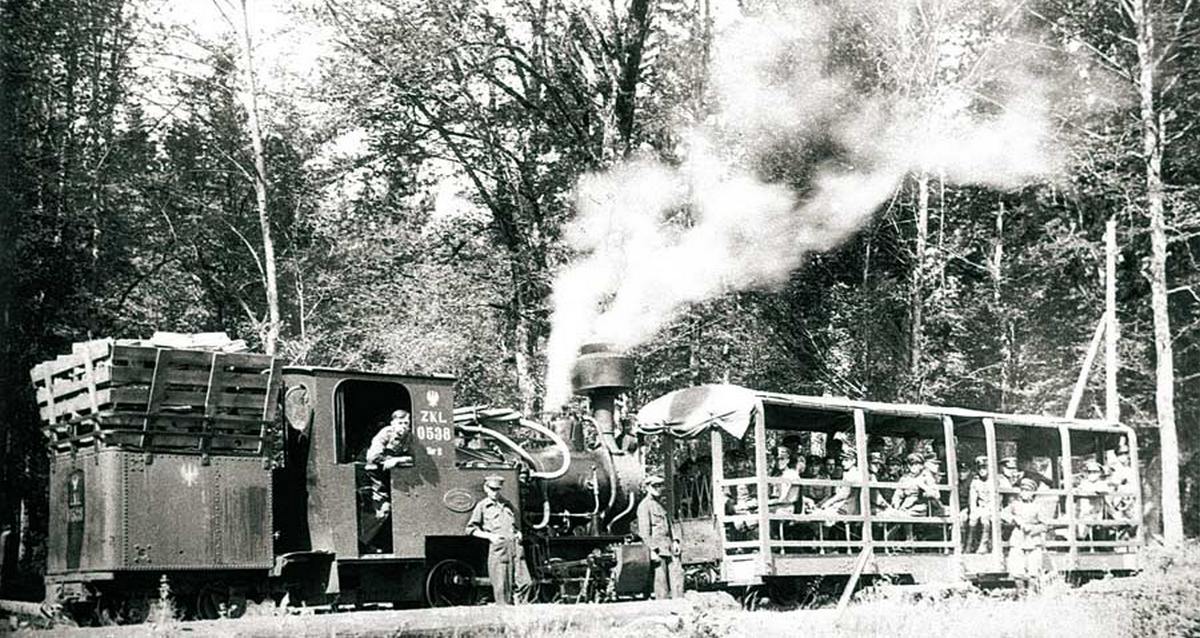 In 1939 due to historical events, Pushcha found itself in the Belorussian SSR and in December of the same year it was declared a State Reserve. Its activities were interrupted by the Second World War. But logging in Pushcha during this period was insignificant and incomparable with the First World War. This was explained by the fact that on the initiative of Hermann Goering it was decided to create here an exemplary hunting sector for the most titled individuals of the Reich, which the woodland was preserved for.
In 1939 due to historical events, Pushcha found itself in the Belorussian SSR and in December of the same year it was declared a State Reserve. Its activities were interrupted by the Second World War. But logging in Pushcha during this period was insignificant and incomparable with the First World War. This was explained by the fact that on the initiative of Hermann Goering it was decided to create here an exemplary hunting sector for the most titled individuals of the Reich, which the woodland was preserved for.
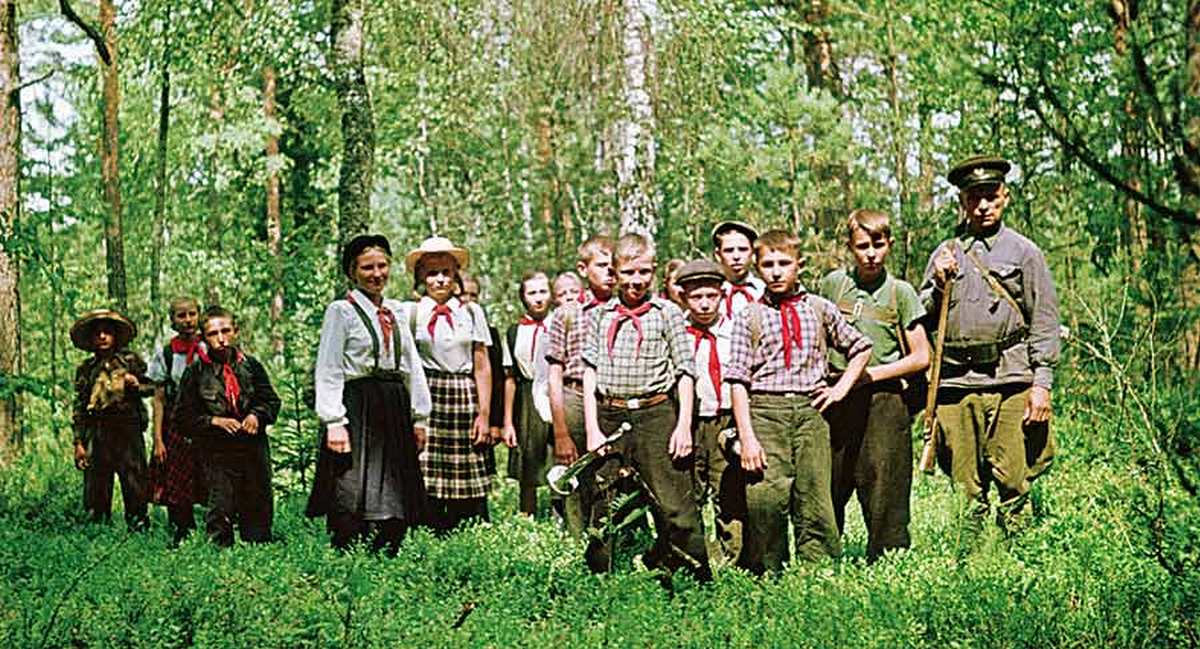 After the liberation of the forest from the German invaders in 1944, the intergovernmental Soviet-Polish meeting took place in Moscow. According to the agreement signed on it, the state border divided Pushcha into Belorussian and Polish parts. The Belarusian part continued the conservation activities. In August 1957 it was transformed into the "State reserve hunting farm", which became the place of hunting for high-ranking party officials and heads of socialist countries.
After the liberation of the forest from the German invaders in 1944, the intergovernmental Soviet-Polish meeting took place in Moscow. According to the agreement signed on it, the state border divided Pushcha into Belorussian and Polish parts. The Belarusian part continued the conservation activities. In August 1957 it was transformed into the "State reserve hunting farm", which became the place of hunting for high-ranking party officials and heads of socialist countries.

Drainage amelioration of individual swamps was carried out to increase the feed base of game animals, artificial reservoirs were created, biotechnology was exploited heavily. At the same time, areas under protection were allocated, and extensive scientific research was carried out.
The status of Pushcha was changed in September 1991 by the decision of the Council of Ministers of the republic. The reserve hunting farm was transformed into the National Park "Belovezhskaya Pushcha". Its territory was divided into functional zones, which made it possible to apply not only passive, but also active methods of protecting population of plants and animals.
The most preserved site of old-aged plantations of the national park has been included in the list of the World Heritage of Humanity in 1992 by the UNESCO decision. Belovezhskaya Pushcha was the first object on the former USSR territory, awarded with such a high rank. In 1993 Belovezhskaya Pushcha received the status of a biosphere reserve, and at the end of 1997 the Council of Europe awarded it with the European Diploma as one of benchmark nature protection institutions on the continent.
Currently, State Nature Protection Institution "National Park" Belovezhskaya Pushcha " is under the jurisdiction of the Office of the President of the Republic of Belarus". This high level of subordination emphasizes the attention paid to the protection of nature in our republic.